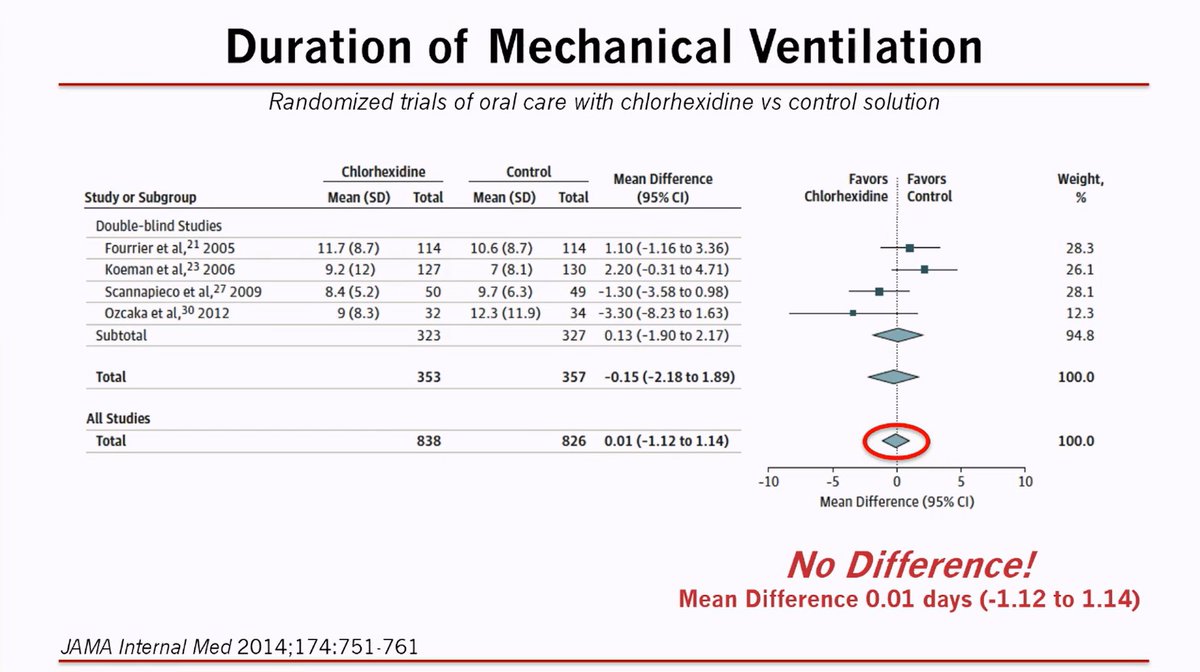
1/10 Most influential infection prevention papers presented at #IDWeek2022 (non-COVID). 1. In >300 HCP caring for monkeypox patients, only 23% wore all recommended PPE, yet no HCP infections in 21 days. Risk of transmission in health care settings is low. pubmed.ncbi.nlm.nih.gov/36136939/
2/10 Near ZERO viral detection when swabbing nostrils of HCWs exposed to a nebulized virus in a sealed clinical room for 40 mins wearing a fit-tested N95 (that passed) plus HEPA filtration. Wearing a non-fit-tested or failed fit-tested N95 not protective. pubmed.ncbi.nlm.nih.gov/35535021/
3/10 "In patients with symptom resolution of C. difficile infection AFTER treatment with standard-of-care antibiotics [PO Vanco or Fidaxomicin), oral administration of SER-109 was superior to placebo in reducing the risk of recurrent infection." pubmed.ncbi.nlm.nih.gov/35045228/
4/10 Two tier C diff testing: PCR, with reflex to toxin if PCR +. When reporting (+) PCR result, 92% treated. When only reporting (+) toxin result, 15% treated. No difference in diarrhea resolution at 7 days or 30 day all-cause mortality. pubmed.ncbi.nlm.nih.gov/35611653/
5/10 Computerized clinical decision support (CCDS) systems in the electronic health record (EHR) reduced C. difficile test ordering. Hard stops were the most effective. Inclusion of most recent laxative administration in CCDS was beneficial. pubmed.ncbi.nlm.nih.gov/35100620/
6/10 Nationwide tuberculosis outbreak in the USA linked to a bone graft product. 89% of recipients became symptomatic! pubmed.ncbi.nlm.nih.gov/35934016/
7/10 But TB transmission has also been reported in solid organ transplant recipients. From 2008-2018: 51 donors that have potentially transmitted to 156 recipients. Many treated before they developed disease, but 9 proven/probable transmissions. pubmed.ncbi.nlm.nih.gov/35064737/
8/10 Whole genome sequencing used to identify a "slow outbreak" of MRSA in a NICU. Better than PFGE. Only stopped by identifying and decolonizing persistent MRSA carriage among staff. pubmed.ncbi.nlm.nih.gov/35706396/
9/10 Over 4 years, ~2700 isolates sequenced (MDR GNRs, MRSA, VRE) -> 76 distinct clusters. Enabled targeted infection prevention and control interventions. pubmed.ncbi.nlm.nih.gov/36056896/
10/10 Combining whole-genome sequencing and machine learning could have prevented 25-63 transmissions over a 2 year period with estimated cost savings of $192k-$693k. pubmed.ncbi.nlm.nih.gov/34791136/
• • •
Missing some Tweet in this thread? You can try to
force a refresh














